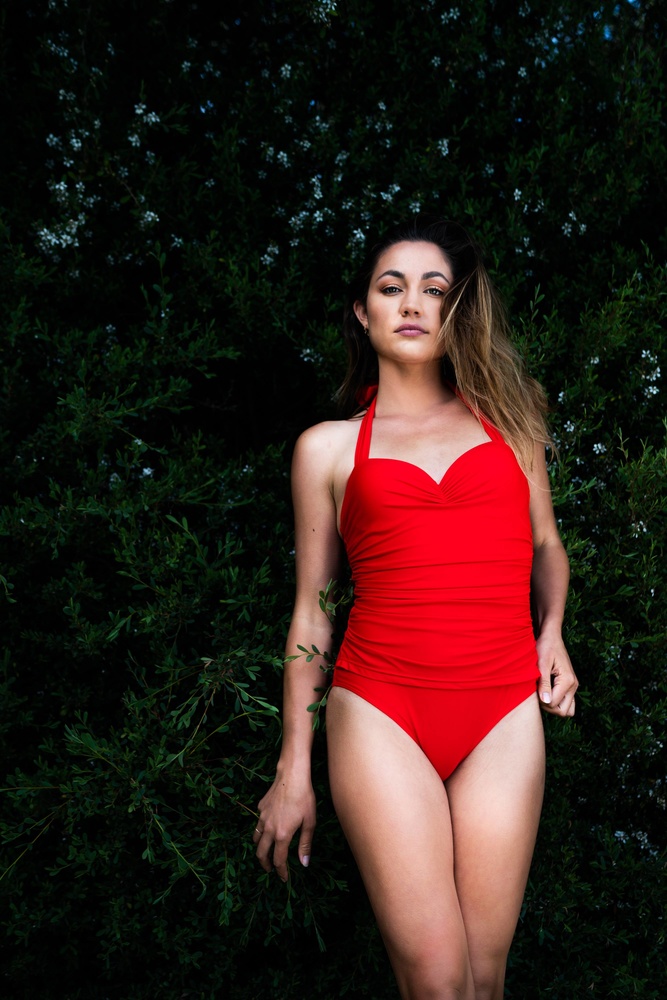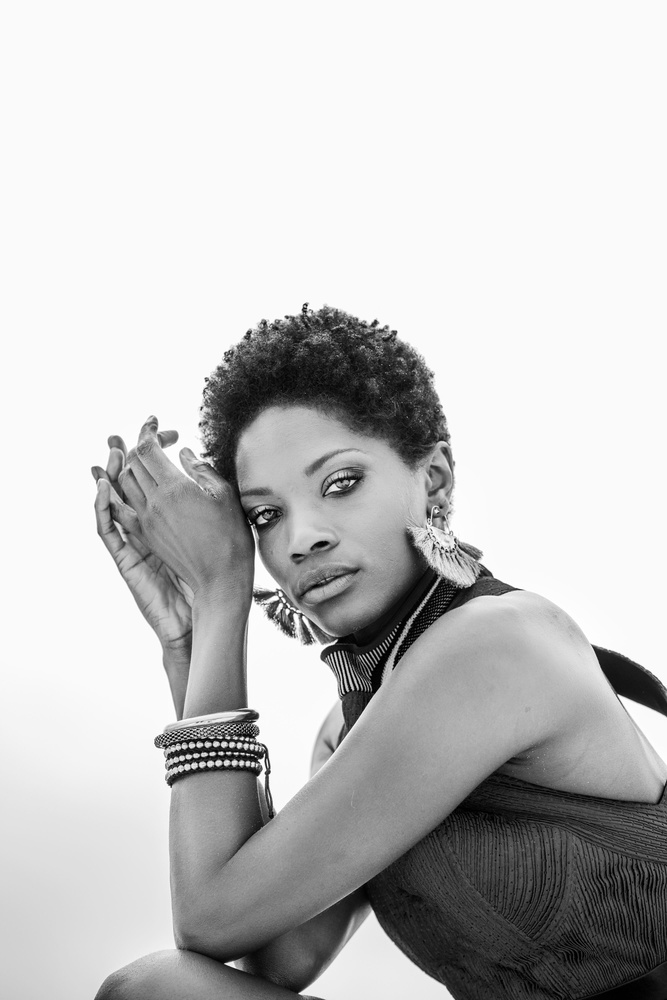Newcomers to photography may have heard that 50mm or 85mm lenses are the right choice for portraiture. But did you know even as wide as 35mm can be used in the right situations? Take a look at how these three focal lengths compare and when to use them in this helpful video.
Dan and Sally Watson from Learning Cameras are using full-frame Sony cameras and lenses for this specific comparison video, but the information they share is applicable to all brands. If your camera has an APS-C crop sensor, just remember that the effective focal length of your lenses will be 1.5 times (or 1.6 times if you have a Canon camera) what the lens says on it.
If you haven’t purchased your first portrait lens yet, I highly suggest watching the video and checking out their numerous photo examples of each focal length. Think about what style of image looks most appealing to you, and listen to their reasons you may want to use one over the other.
Please leave your own suggestions below to help a budding portrait photographer find their way.
All images used with permission.









This is teaching the same fallacies which FStoppers (and several others, including myself), have been trying to stop for sometime now. The issue is NOT the choice of focal lengths, —which this article, but not the video, makes clear is dependent on other factors including sensor size— but the choice of framing.
In every shot in which we can see where the photographer is standing, they are about 2.5-4 m away from the subject to avoid close perspective distortion. They THEN choose their focal lengths to select framing, (or rather, they choose their framing, —head-shot, bust-full-body— and so selected the appropriate focal length). Focal lengths choice is not about the “look” nor the perspective, but only about the framing; environmental, full body, half-body, bust, head-shot, close-up.
They seem to shoot (in almost all images), from 2.5-4 m away. (Any others, such as some of the environmental portraits, seem to be taken from even farther away). I (and others) teach that a portrait with ‘normal’ perspective must be shot from 3-4 m away. Closer, and close perspective distortion creeps in. Farther, and communication becomes challenging.
It is NOT about choice of focal lengths, but choice of first, perspective, second, framing. THAT, (along with sensor size format & orientation), dictates what focal length to use.
P.s., the 50 mm lens on a F-type sensor, (or any prime for that matter), is NOT flexible, but limited. The idea that one can get a full body to a close-up by moving in or out, ignores the fact that doing so changes perspective. This is not to say that the combination is a bad idea; it can be used as described, but with the understanding of the limitation that close-up, to environmental, is perspective limited.